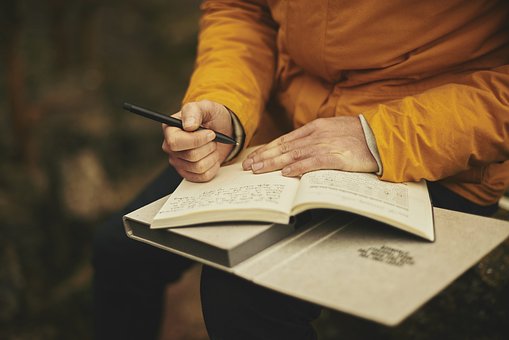The other night on my way home, I got to thinking about ways to explore transitioning from one topic to another in Math. In other words, what are some ways students can present information showing how things are related. For instance, I now have a textbook that actually discussed congruent shapes are just a pre-image and the image after being transformed while similar shapes have undergone some sort of dilation.
 So think about having students create animation showing this concept using shapes with a voice over to explain or throw in sound effects with text the transitions in and out instead of a voice over. This could be used as a final project for the section on geometric transformations.
So think about having students create animation showing this concept using shapes with a voice over to explain or throw in sound effects with text the transitions in and out instead of a voice over. This could be used as a final project for the section on geometric transformations.For a real life application of geometric transformations, one might have students work in groups to produce the blueprint of a housing development with streets, houses that are flipped over a street, or along the fence lines. Some are translated along the streets. Most housing developments have a set number of basic floor plans buyers get to choose from.
Present the students with the challenge of explaining how substitution method is similar to composition of functions or explaining how dilations are responsible for similar shapes in 30 seconds via flip grid, animate, or other video program. 30 seconds may not sound like much but for students who dislike talking, that amount of time is going to be longer than they like but it is doable.
Another possibility is giving students a set number of slides in google slides or other presentation tool to explain a concept. The idea is that they create this presentation so each slide remains up before moving to the next one within a set time limit. Each slide has it's own picture and the person provides the talk to accompany the slides which for math means a quick explanation.
I keep thinking about having students create short commercials where they "sell"a concept like how to show visually prime numbers so people understand why there are only two factors, or how distributive property works visually. They could also create news casts where they show the connections between the math taught in school with how it is actually applied in real life. This has students doing the research.
These shorter videos and presentations allow students to be creative while keeping the assignment doable and the final product short enough to finish easily. Let me know what you think, I'd love to hear. Have a great day.

























